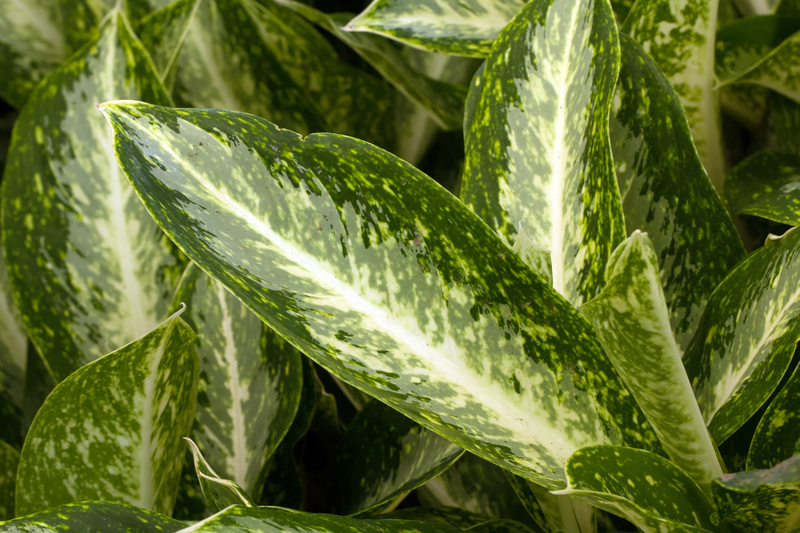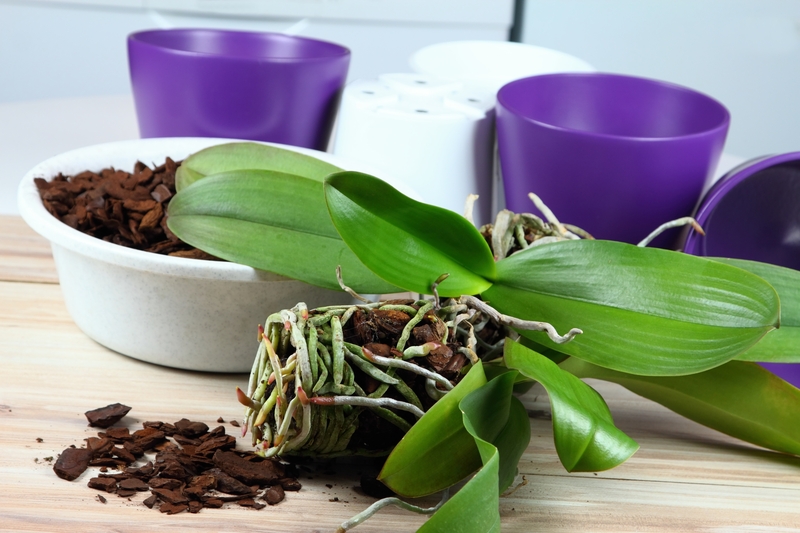Identifying Fairy Ring Disease in Lawns
Posted on 03/02/2025
Fairy Ring Disease is a common and often frustrating problem for homeowners and lawn care enthusiasts. Characterized by rings of lush, dark green grass or, conversely, dead and dying grass, Fairy Ring Disease can be a challenging issue to manage. This article will guide you through the identification, causes, and management of Fairy Ring Disease in lawns to help you maintain a beautiful and healthy yard.
What is Fairy Ring Disease?
Fairy Ring Disease is caused by various types of fungi that thrive in soil and thatch. These fungi typically produce visible rings or arcs in lawns, which can range in size from a few inches to several meters in diameter. The disease can affect different types of grass but is particularly troublesome for lawns with a high organic matter content or poor drainage.

Identifying Fairy Ring Disease
Visual Symptoms
The most obvious sign of Fairy Ring Disease is the presence of ring-like formations in the lawn. These formations can present in different ways:
- Type I Rings: These are the most damaging, characterized by a ring of dead or dying grass, often surrounded by a ring of lush, dark green grass.
- Type II Rings: These rings consist of bands of unusually green and fast-growing grass, with no dead grass in the center.
- Type III Rings: These are less obvious but can still be disruptive. They appear as rings or arcs of mushrooms or toadstools, usually after rain.
Soil and Grass Analysis
To accurately diagnose Fairy Ring Disease, it's essential to examine the soil and grass more closely. Use a soil probe or trowel to take samples from within and around the affected area. The presence of mycelium, a white, thread-like fungal structure, in the soil is a strong indicator of Fairy Ring Disease.
Environmental Conditions
Fairy Ring Disease thrives in specific conditions:
- Poor soil aeration
- High organic matter content
- Thatch buildup
- Poor drainage or excessively dry soil
Understanding these conditions can help in both identifying and treating the disease.
Managing Fairy Ring Disease
Cultural Practices
Several cultural practices can help manage or prevent Fairy Ring Disease:
- Aeration: Regular aeration can help break up compacted soil and improve water infiltration, reducing the favorable conditions for fungal growth.
- Thatch Management: Dethatching can reduce the organic matter that mushrooms and other fungi feed on.
- Water Management: Maintain proper watering practices to avoid both drought stress and waterlogging.
Chemical Treatments
For severe cases, fungicides may be necessary. Contact a professional for the best results, as improper application can worsen the problem.
Pros and Cons of Managing Fairy Ring Disease
Pros
- Improved lawn health and appearance
- Reduction in fungal spore counts
- Enhanced lawn resilience to other diseases and stresses
Cons
- Time-consuming and labor-intensive
- Potential environmental impacts of chemical treatments
- Costs associated with professional services
Tips for Preventing Fairy Ring Disease
- Maintain a regular aeration schedule to reduce soil compaction.
- Manage thatch buildup through regular dethatching.
- Ensure proper irrigation practices to avoid overly wet or dry conditions.
- Avoid excessive nitrogen fertilization, which can promote fungal growth.

Key Takeaways
- Fairy Ring Disease is identifiable by ring-like formations in the lawn, usually caused by soil fungi.
- Regular lawn maintenance practices such as aeration, dethatching, and proper watering can prevent and manage the disease.
- Severe cases may require chemical treatments, best applied by professionals.
- Though management can be laborious, the benefits often outweigh the drawbacks.
Conclusion
Fairy Ring Disease can be a challenging lawn problem, but with proper identification and management, you can maintain a healthy and attractive lawn. By staying vigilant and employing both cultural and chemical control methods as necessary, you can minimize the impact of this disease and enjoy a beautiful, thriving yard.



